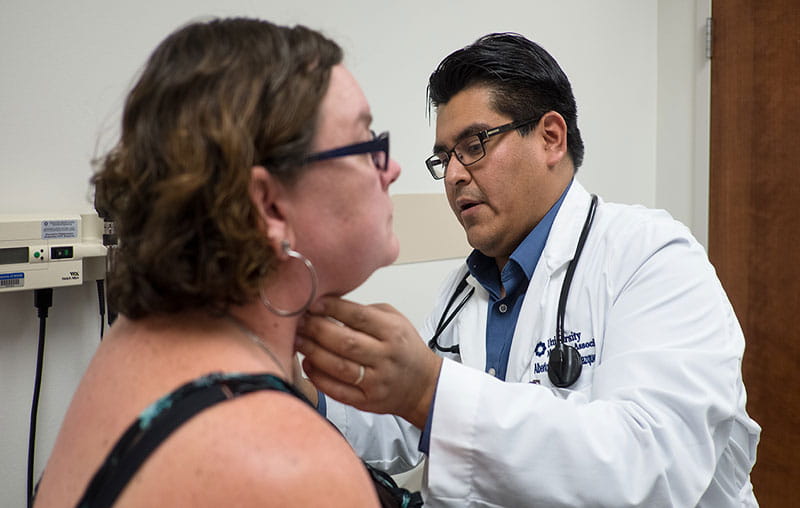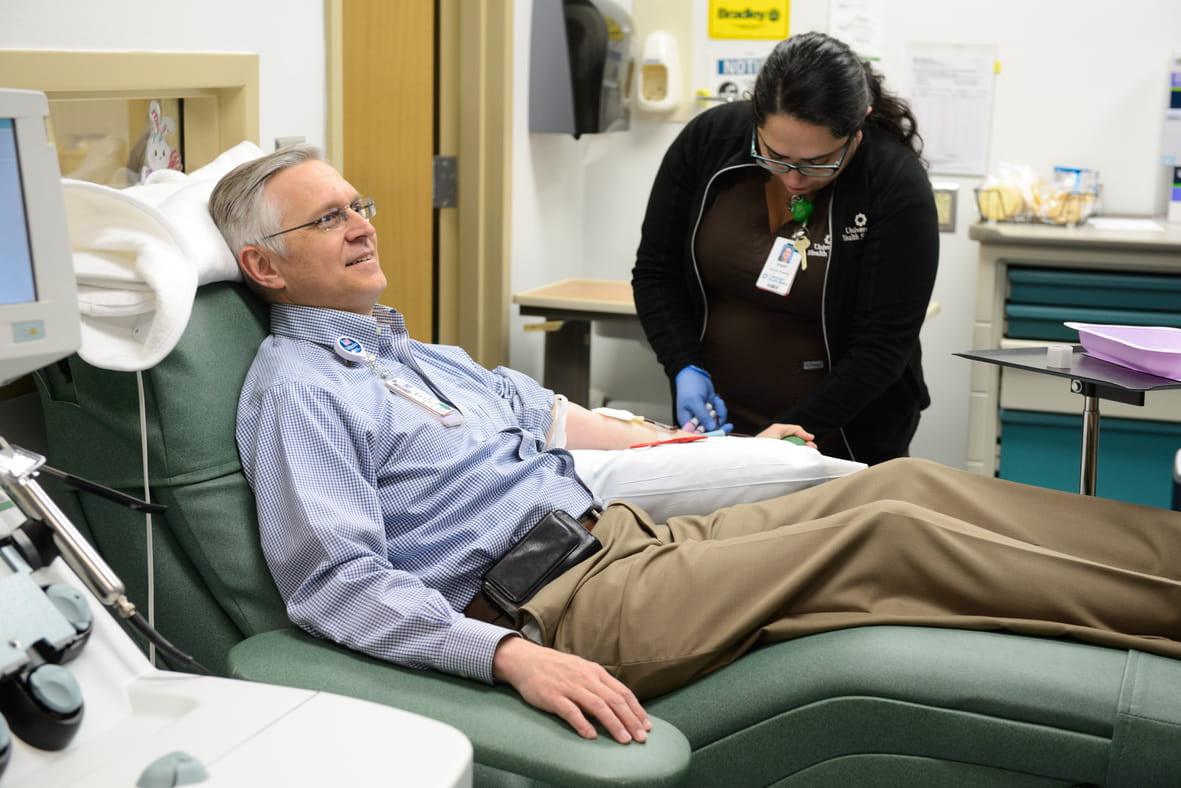June is PTSD Awareness Month. Nearly 6 out of every 100 people (or 6% of the population) will have PTSD at some point in their lives. About 8 in 100 women (8%) and about 4 in 100 men (4%) will experience PTSD.
Approximately 12 million adults in the U.S. have PTSD during a given year. However, this is only a small portion of those who have gone through a trauma.
What is Post-Traumatic Stress Disorder (PTSD)?
Researchers have studied reactions to trauma for many years, especially in relation to combat veterans. Post-Traumatic Stress Disorder, or PTSD, formally emerged in the 3rd edition of the Diagnostic and Statistical Manual of Mental Disorders in 1980.
The understanding of reactions to trauma exposure has evolved significantly, and it is now known that PTSD is not exclusive to military experience or combat. Trauma can be caused by any situation that is severely distressing or threatens your life or the life of another.
Examples of traumatic events include:
- Transportation crashes
- Shootings
- Fires
- Abuse
- Neglect
- Violence and assault
How Does PTSD Happen?
PTSD can occur after exposure to one or more traumatic events. Exposure can include directly experiencing a traumatic event, witnessing a traumatic event, or having secondary exposure when a traumatic event happens to someone close to you.
Does Everyone Develop PTSD After a Traumatic Experience?
Most people are exposed to trauma at least once, but not everyone develops PTSD. Many individuals are able to recover fully without diagnosis or treatment. However, some people experience significant disruption in their ability to function.
Signs and Symptoms of PTSD
Health care professionals can screen for PTSD symptoms using tools, such as the 5-question Primary Care PTSD (PC-PTSD-5). Providers can refer patients to treatment if they screen positive.
PTSD is diagnosed at least one month after exposure to a traumatic event and is characterized by symptoms that can include:
- Distressing memories
- Nightmares or flashbacks
- Avoidance of trauma reminders
- Negative thoughts and mood
- Hypervigilance
- Self-destructive or risk-taking behavior
- Difficulty concentrating
- Sleep problems
Young children may display different symptoms, such as re-enactment of the trauma during play.
Trauma-Informed Care
When interacting with someone living with PTSD, always practice trauma-informed care. Ensure they feel safe, both emotionally and physically, during all interactions. Connect them to outpatient therapy resources and the Trauma Survivors Network.
Understand their triggers, and avoid re-traumatizing as much as possible; this may require some environmental and language modifications to achieve positive outcomes. Most importantly, work with them to identify their goals for the future, empowering them to engage in activities that promote resilience and healing.
Treating PTSD
Treatment for PTSD symptoms, especially psychotherapy, can be effective in helping people recover.
However, even though PTSD treatments work, many people living with PTSD don't get the help they need. Everyone with PTSD needs to know that treatments really do work and can lead to a better quality of life.
Resources for Mental Health and PTSD
- National Suicide Prevention Lifeline
1-800-273-TALK (8255) or 1-888-628-9454 (Español)
Lifeline Chat - Crisis Text Line
Text HOME to 741741 or message on WhatsApp - The Center for Health Care Services (Bexar County)
Crisis Helpline 210-223-SAFE (7233) or 1-800-316-9241
Crisis Care Center 601 N. Frio, San Antonio, TX 78207 or 210-225-5481
Enroll in mental health services: Adults 210-261-1250 or Children 210-261-3350 - National Alliance on Mental Illness (NAMI)
NAMI Helpline 1-800-950-NAMI (6264) or text NAMI to 741741 for crisis help
Chat available online - National Center for PTSD
1-802-296-6300 or ncptsd@va.gov - National Institute for Mental Health
- Substance Abuse and Mental Health Services Administration (SAMHSA)
National Helpline 1-800-662-HELP (4357) or TTY 1-800-487-4889
Text zip code to 435748 (HELP4U) to locate help near you
Disaster Distress Helpline 1-800-985-5990 (call or text) - Trauma Survivors Network
1-800-556-7890
References
- How Common is PTSD in Adults? - PTSD: National Center for PTSD
- Trauma and Violence | SAMHSA
- American Psychiatric Association. (2013). Diagnostic and statistical manual of mental
disorders: Fifth edition DSM-5. American Psychiatric Publishing. - Bryant, R. A. (2019). Post-traumatic stress disorder: A state-of-the-art review of evidence and
challenges. World Psychiatry, 18(3), 259-269. doi:10-1002/wps.20656 - Greenberg, N., Brooks, S., & Dunn, R. (2015). Latest developments in post-traumatic stress
disorder: Diagnosis and treatment. British Medical Bulletin, 114, 147-155. doi:10.1093/bmb/ldv014 - Kirkpatrick, H. A. & Heller, G. M. (2014). Post-traumatic stress disorder: Theory and treatment
update. International Journal of Psychiatry in Medicine, 47(4), 337-346. doi:10.2190/PM.47.4.h - Woolgar, F., Garfield, H., Dalgleish, T., & Meiser-Stedman, R. (2022). Systematic review and
meta-analysis: Prevalence of posttraumatic stress disorder in trauma-exposed preschool-aged children. Journal of the American Academy of Child & Adolescent Psychiatry, 61(3), 366-377. doi:10-1016/j.jaac.2021-05-02 - Help Raise PTSD Awareness - PTSD: National Center for PTSD (va.gov)




